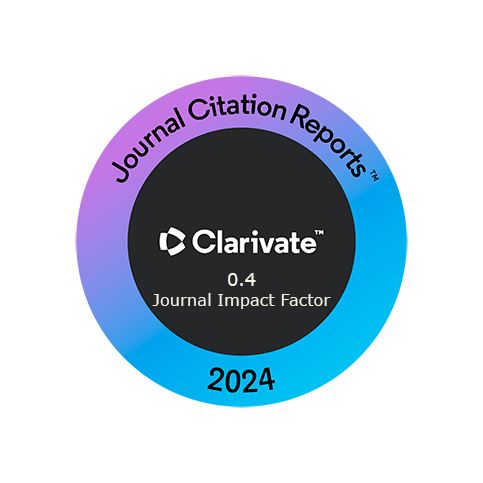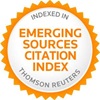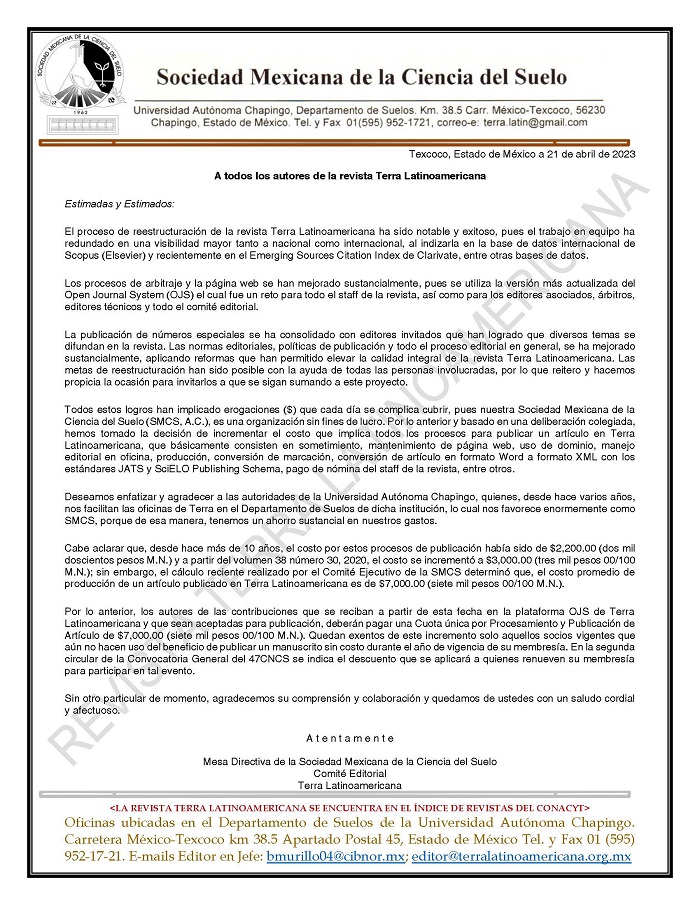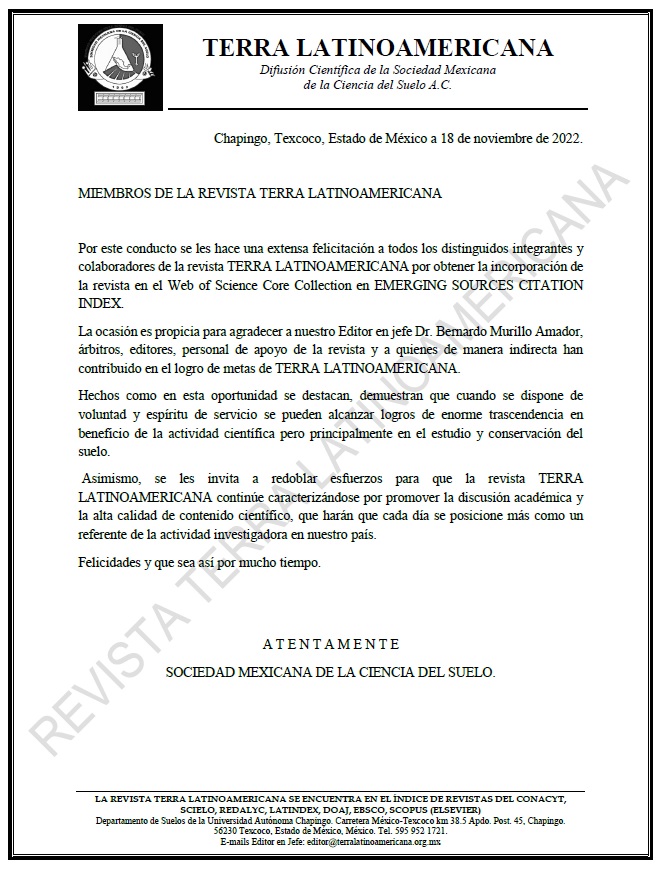Effect of soil soluble salts on crop reflectances and their implications in experimental design.
DOI:
https://doi.org/10.28940/terra.v36i4.400Keywords:
visible and infrared space, soybean and barley, salinity effect, meta-parametric spacesAbstract
Salinization of agricultural soils is one of the limiting factors of modern agriculture. For this reason, understanding the effects of this phenomenon is of interest to agricultural sciences. The ability to predict its progress as well as continuous monitoring can support decision-making for sustainable use of the soil resource. In the present work, the spectral space of crop reflectances is analyzed, with special emphasis on the case of soils fully covered by crops in the context of spectral growth patterns. Starting from the effects of salinity in the crops, the biphasic model of Munns and Termmat is introduced, adapting it for the case of spectral spaces of the reflectance of the crop canopy. The model was partially validated with data from experiments (soybean and barley) published in the literature. From the analysis of tolerance patterns of the barley experiment, it is necessary to make these estimations under standardized conditions of development stages. The different patterns of crop senescence, induced by salinity treatments, make it difficult to establish a standard pattern of comparison for shoot biomass and yields. The results obtained are encouraging and open a new way of analyzing the effect of salinity on crops, greatly reducing costs and times involved in conventional experimental designs, showing that there is a very simple route to obtain results similar to a conventional experiment salinity treatments.Downloads
Publication Facts
Reviewer profiles N/A
Author statements
- Academic society
- Terra Latinoamericana
- Publisher
- Mexican Society of Soil Science, C.A.

















